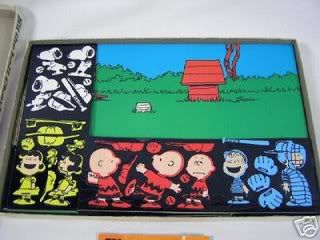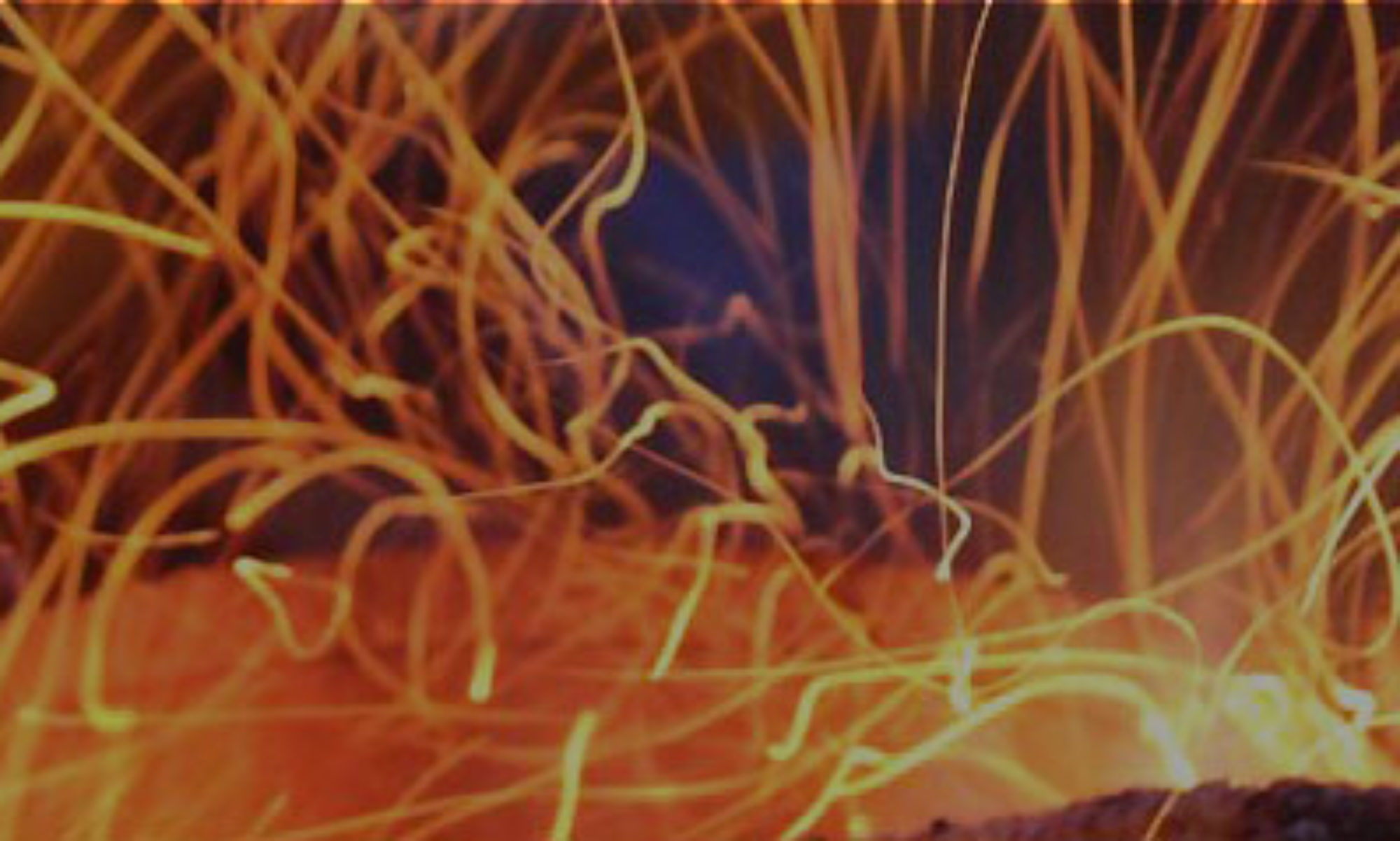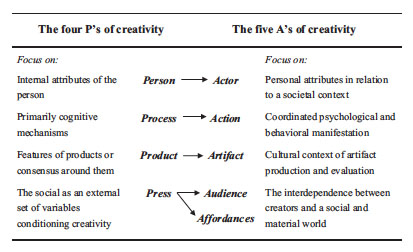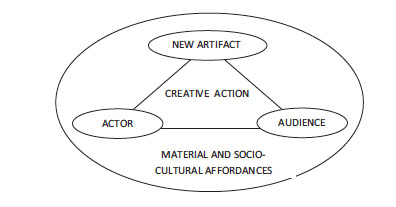I have been engaged in a collaborative exploration on “creative and transformative education” run by Peter Taylor who directs the Critical and Creative Thinking Program at UMass Boston. My thinking related to creative and transformative education is still in a very unsettle space. Below are the threads I’m starting to considered based on the three goals of the case.
a) expose a variety of possibly competing views of “Creative,” “Transformative,” and their combination;
I began here by searching for “transformative research” since any doctoral program would need to make the case on what new knowledge and research would it be preparing its students for. The National Science Foundation put out a report in 2007 (https://www.nsf.gov/nsb/documents/2007/tr_report.pdf) calling for the NSF to fund and support more “transformative reserach”. In the context of the report concepts of “risk,” “innovation,” and increasing openness to paradigm shifts. The NSF defines “transformative resaerch” as:
research driven by ideas that have the potential to radically change our understanding of an important existing scientific or engineering concept or leading to the creation of a new paradigm or field of science or engineering. Such research is also characterized by its challenge to current understanding or its pathway to new frontiers.
In particular the report looks at the resistance to change that comes from long standing institutional and cultural practices in the field of scientific research.:
Experts in the areas being challenged (many of whom may sit on review panels) may dismiss such ideas by pronouncing the research overreaching or without basis. Consequently, such ideas can remain hidden or discouraged and their breakthrough discoveries delayed or even missed. (p. 4)
I was also able to locate a call for transformative research in the social sciences (http://www.esrc.ac.uk/funding-and-guidance/funding-opportunities/23831/transforming-social-science.aspx) put out by the Economic and Social Research Council which is the largest funding agent in the UK for research in the economic and social issue arena. Issued for the 2012-2013 funding cycle, it is a relatively new push with a focus on “innovation” and “risk” as well.
We regard transformative research as that which involves pioneering theoretical and methodological innovation. The expectation is that the transformative research call will encourage novel developments of social science inquiry, and support research activity that attracts an element of risk.( p.1)
Some of the possible characteristics of transformative research according to this call include (p. 2):
- results that will radically change accepted thinking in the social sciences
- research that may be high risk but with the possibility of high reward
- research that is carried out with the expectation that it will produce a broad base of
- knowledge and new thinking/insights
The next line of inquiry in this area would be to look at concepts of “creative research” and transformative research in the context of the educational field.
b) draw employment possibilities from their own location in the world;
Thinking on who might be the potential audiences for a doctoral program in creative and transformational learning it occurs to me that these might be possible candidates:
- Those working in fluid and changing contexts
- Organizational leaders with diverse staff and customers / constituents
- Those at the intersection of sectors, fields or disciplines
- Individuals responsible for managing complex problems with diverse stakeholders
- Those in transnational / global environments
- Those seeking new ways to research and explore areas in new ways
I was then thinking about programs that are out there and have “non-traditional” or alternative concepts of graduate education with the idea that they might trigger ideas for promotion and language. The European Graduate School’s Expressive Arts PhD and Goddard’s MFA in Interdisciplinary Arts were two examples I was starting to explore along this thread.
The next step in this line of inquiry is find some additional examples and try to synthesize their approaches.
c) do blue-sky thinking about what kind of mid-career or mid-life creative and transformative education that would attract their personal interest
Thinking about the kind of program I would attract me, I jotted down these elements.
- A program that would ideally attract an extremely diverse set of students with varied experiences, research interests, and personal backgrounds
- Provides many, many opportunities for these students to interact and learn from one another — a learning community — Peter Taylor has been exploring the idea of a studio and in a previous collaborative exploration Marius Foley talked about elements of a co-constructive design environment. here Peter’s Studio idea, Marius’s criteria above
- Demonstration or mastery would take multiple forms an not just a written thesus (need to find examples)
- A small set of required core courses that focus on inquiry, research, engagement etc — similar to 3 core research and engagement courses in CCT program — 1 initial course designed to allow students to identify their core interests and begin a learning map of additional courses that will meet their goals.
- How can you design a program that seeks creativity and transformation without being too prescriptive?
I am going to continue thinking on what I would desire. I also started an inquiry in the term “doctorate”
- The term doctorate comes from the Latin docere, meaning “to teach.”
- At the university, doctoral training was a form of apprenticeship to a guild.
Resources
I’ve also collected these resources to follow up on mostly prompted by Dan’s paper on practice-based research.
- Hanson, Phil and Baron Bruce 2009. Research-Based Practice: Situating Vertical City between Artistic Development and Applied Cognitive Science. TDR/The Drama Review, Winter 2009, Vol. 53, No. 4 , Pages 120-136 (doi: 10.1162/dram.2009.53.4.120)
-
Leary, Mark R. 2001. Introduction to Behavioral Research Methodology. 3rd ed. Boston: Allyn and Bacon.
-
PARIP. n.d. Practice as Research in Performance. University of Bristol, www.bristol.ac.uk/parip/ (5 September 2008).
-
- Art & Research – http://www.artandresearch.org.uk/v2n2/busch.html
Borgdorff‘s vision of artistic research
Embedded in artistic and academic contexts, artistic research seeks to convey and communicate content that is enclosed in aesthetic experiences, enacted in creative practices and embodied in artistic products.




